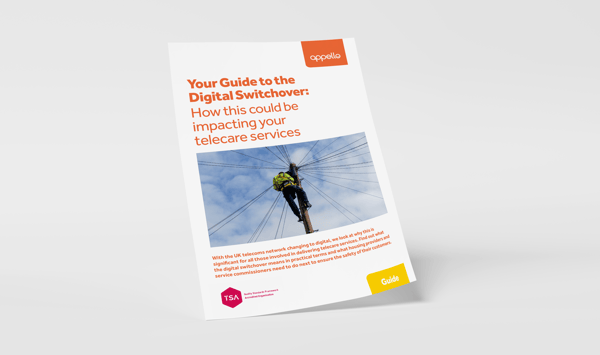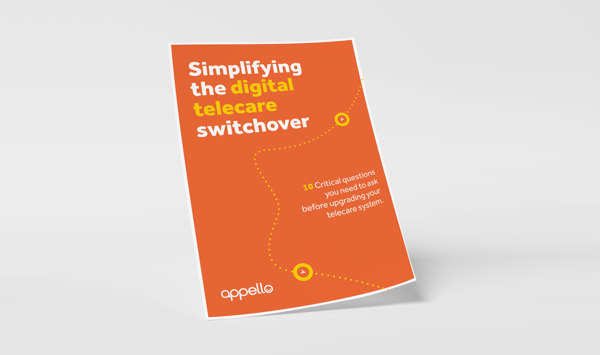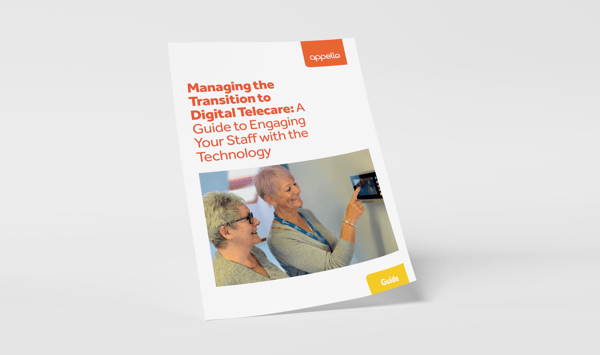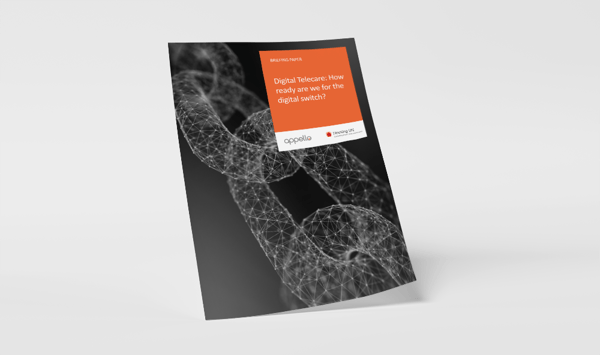Resources
Stay informed and empowered with Appello's resource hub. Discover insightful industry reports, practical guides and the latest telecare news.
Refine your search:
/Resource%20Cover%20Images/Future%20Proof%20Guide%20Cover.png?width=600&name=Future%20Proof%20Guide%20Cover.png)
Future-Proof
First Time Call Failures
First Time Call Failure (FTCF) rate report [Updated Monthly]
3 min read
Discover the current rate of FTCF's in the UK See the latest figures from Appello’s monitoring centre, which handles over 4 million telecare calls annually.
Read more
First Time Call Failures

Digital Switch

Digital Switch

First Time Call Failures

Digital Switch

Industry Insights

Digital Switch

Industry Insights

Digital Switch

Digital Switch

Industry Insights

Digital Switch

Industry Insights

Digital Switch
Sorry, we couldn't find any results that match your selected filters
A helping hand with your digital switchover
While the journey may seem overwhelming, just know we have plenty of insights to guide you through. Subscribe today to stay in the know.